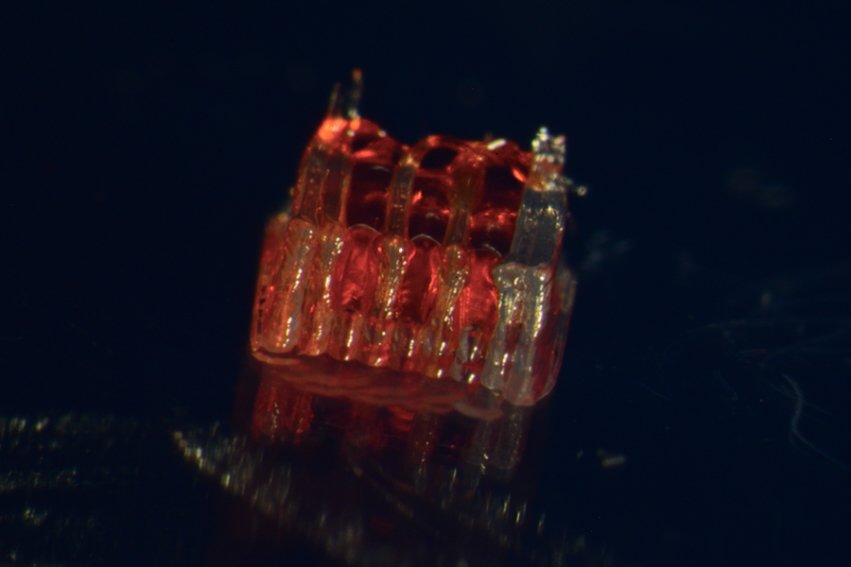A research team at the University of Minnesota has developed a groundbreaking approach to spinal cord injury treatment by combining 3D printing, stem cell biology, and lab-grown tissues. Their innovation centers on a specially designed 3D-printed scaffold that guides nerve regeneration across damaged spinal cord regions—offering new hope for restoring function in patients with paralysis.
Spinal cord injuries affect more than 300,000 people in the U.S., and there is currently no proven way to fully reverse the damage. One of the biggest challenges is that nerve cells die at the injury site, and surviving nerve fibers struggle to regrow and reconnect. The University of Minnesota team tackled this problem by engineering a scaffold with microscopic channels that mimic the architecture of the spinal cord and direct the growth of new nerve fibers.
These scaffolds are populated with regionally specific spinal neural progenitor cells (sNPCs), which are derived from adult human stem cells. These cells have the ability to divide and differentiate into mature neurons. As the cells grow within the scaffold, the channels guide them to extend nerve fibers in both directions—rostrally (toward the brain) and caudally (toward the tail)—creating a “relay system” that bypasses the damaged area.
In preclinical trials, the researchers implanted these scaffolds into rats with completely severed spinal cords. The transplanted cells successfully matured into neurons and formed new connections with the host’s existing nerve circuits. Over time, the new nerve cells integrated seamlessly into the surrounding tissue, leading to significant functional recovery in the animals.
Take a look at this video from the University of Minnesota that explains more:
Article from the University of Minnesota: Breakthrough in 3D-printed scaffolds offers hope for spinal cord injury recovery
Abstract in Advanced Healthcare Materials: 3D-Printed Scaffolds Promote Enhanced Spinal Organoid Formation for Use in Spinal Cord Injury

